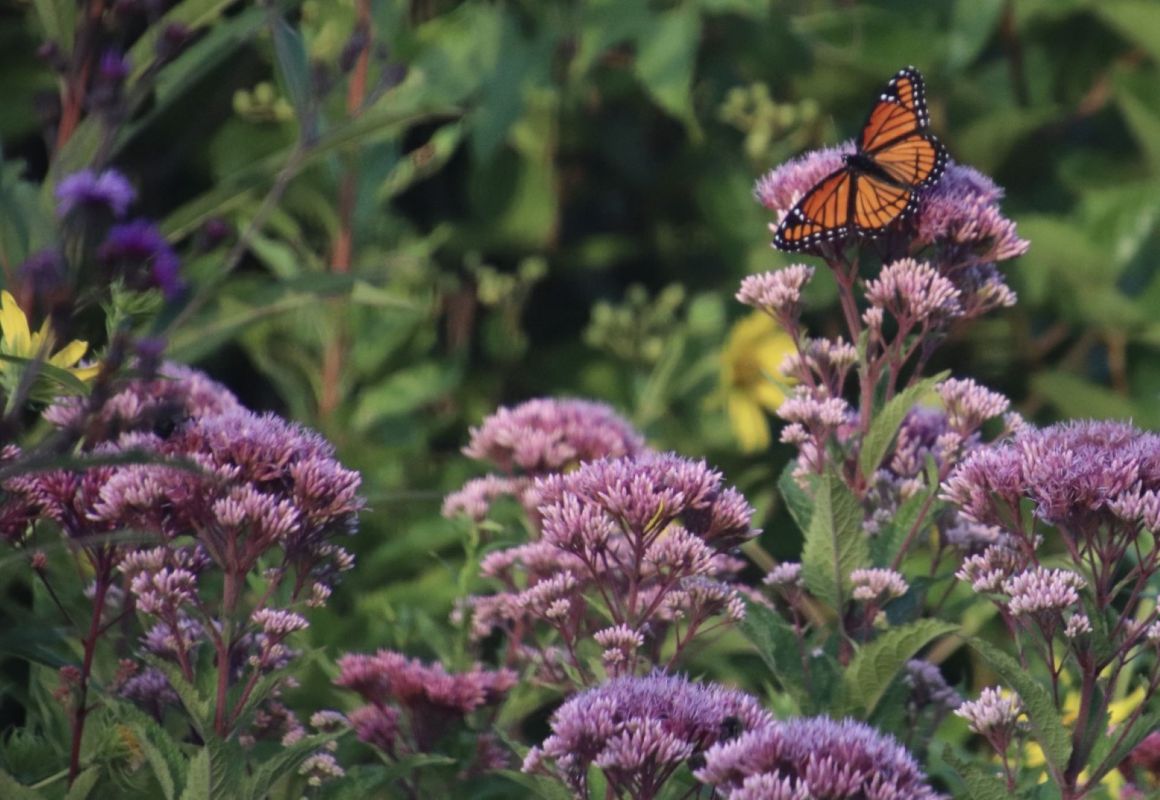One newbie gardener wasn't sure if this surprising sight in their garden was normal, so they turned to Reddit for advice.
"Milkweed covered in aphids and black spots on stems," said the Redditor. "Is this good? Bad? Should I do something?"
"Covered" wasn't an exaggeration. In the attached photo, some clusters of bugs were so thick they hid the green of the plant's buds. Bright yellow aphids were easy to identify and so were half a dozen big red ladybugs, but other bugs were harder to make out.


The r/NativePlantGardening subreddit is the perfect community for questions like this one. Its thousands of members run the gamut from beginners to experts from all over the world. Not only that, but they're particularly focused on gardening techniques that are in harmony with nature — so most members won't overreact to a harmless insect or recommend a pesticide that kills helpful and harmful bugs alike.
The commenters came through this time, too. "I would be worried if it wasn't for the predators!" said one Redditor. "They're working on it, just give them time."
"The ladybugs are on it!" said another user. "You'll have eggs and hungry nymphs before you know it. It's a ladybug nursery in there."
As the Old Farmer's Almanac explains, ladybugs are one of a gardener's biggest allies. They eat pests like aphids without harming the plants. Smart gardeners and farmers have been working to attract these helpful bugs to their crops for hundreds of years.
"Yes, OP, please don't spray anything," another commenter agreed. "Even organic things like neem oil will kill the ladybugs and their eggs."
"It's actually a good sign if your plants are getting eaten up after going to seed," one user reassured the original poster. "It means they're part of the ecosystem. All that plant matter is going to die as soon as winter hits anyways, better for it to feed the ecosystem."
Join our free newsletter for easy tips to save more, waste less, and help yourself while helping the planet.









